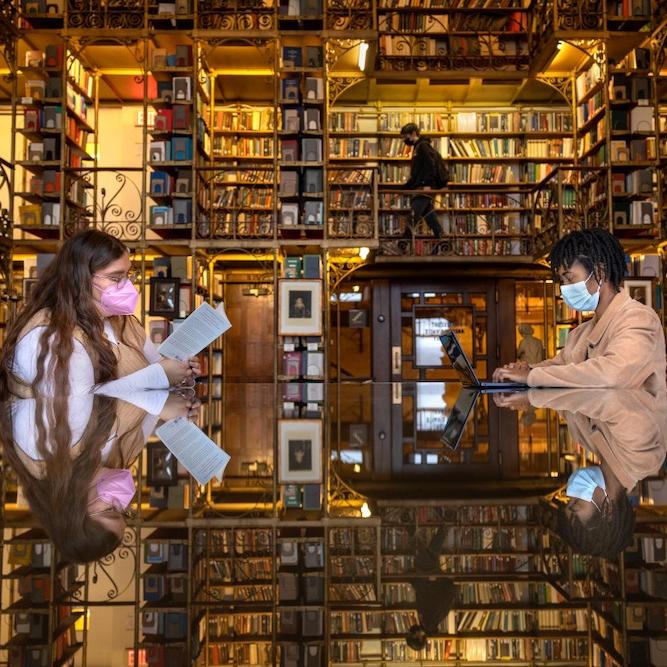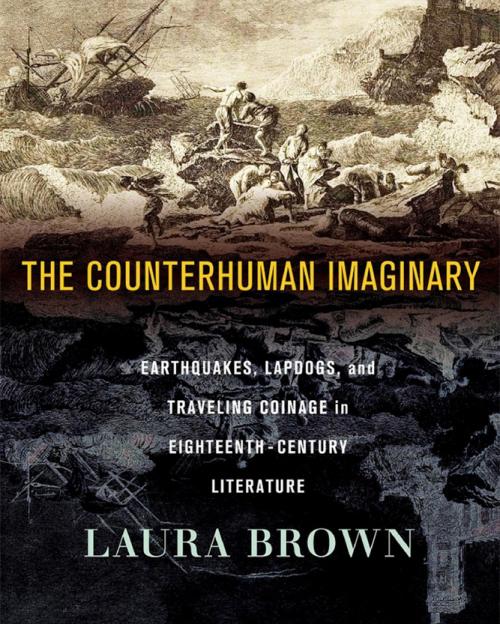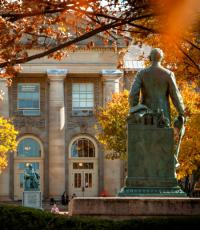
 Department Homepage
Department Homepage
 Department Homepage
The College of Arts & Sciences
Department Homepage
The College of Arts & Sciences
Animals, disasters, love: Book traces nonhuman voices in literature
Laura Brown's research looks beyond “the singular, autonomous, rational, human protagonist" to find that many other-than-human presences appear in literature – with a lot to say to readers.



